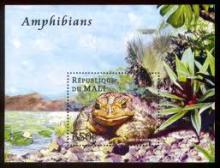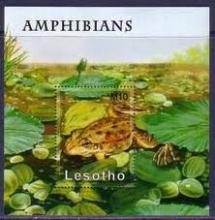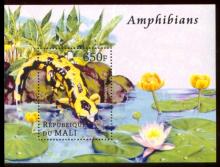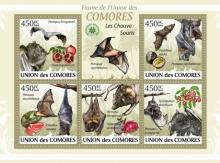EFSA external report on toxicity of pesticides to aquatic and terrestrial life stages of amphibians
The aim of this study was to provide EFSA with information relating to assessment of the risk to amphibians posed by pesticide exposure. In the first part of the study the European amphibian species associated with agricultural habitats were identified with the aim of collating information for representative species such as body size and life-cycle. Also collated were the results of studies of amphibians in European agricultural habitats to provide information on activity in areas where they may be at risk of exposure to pesticides.










